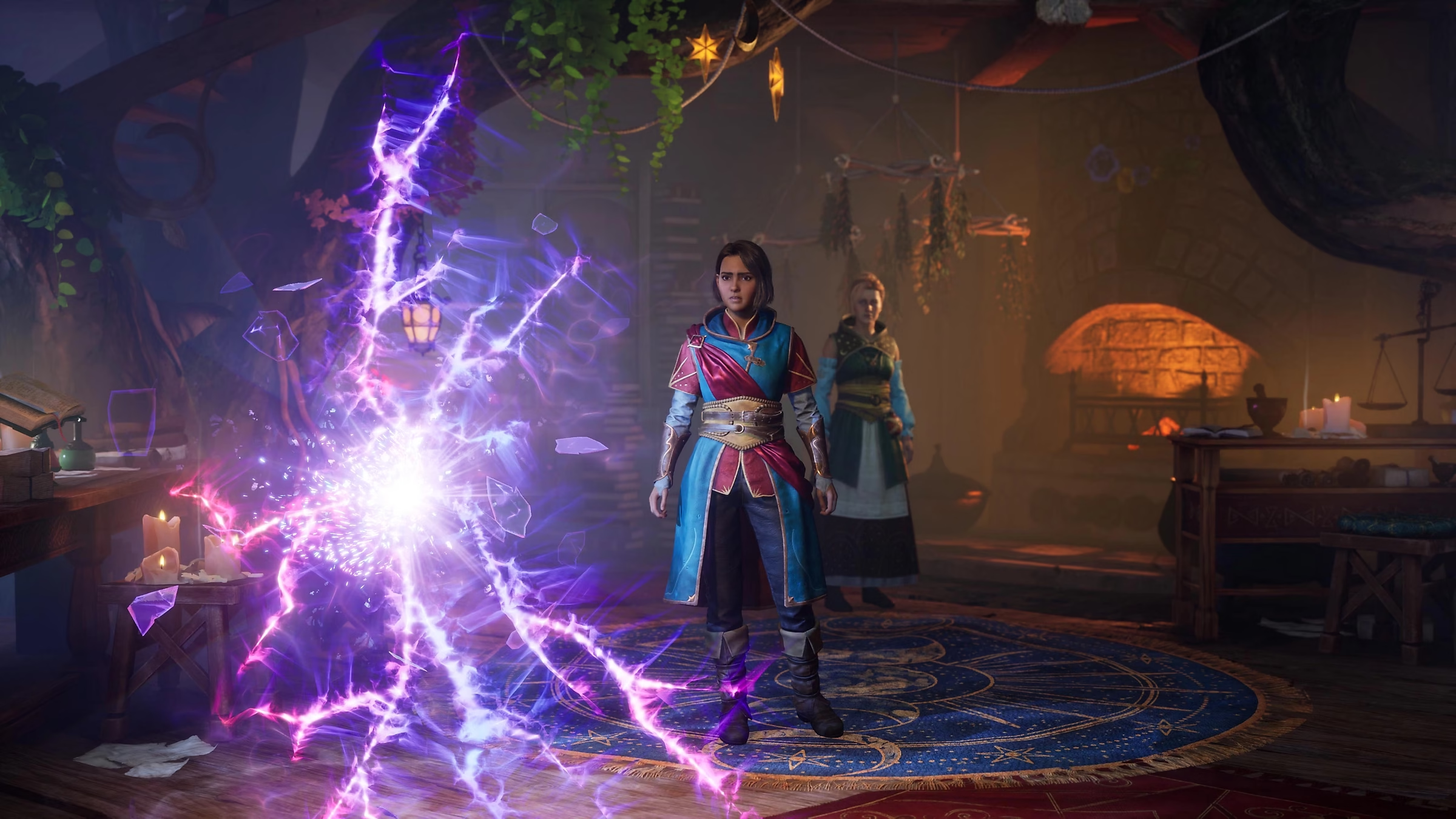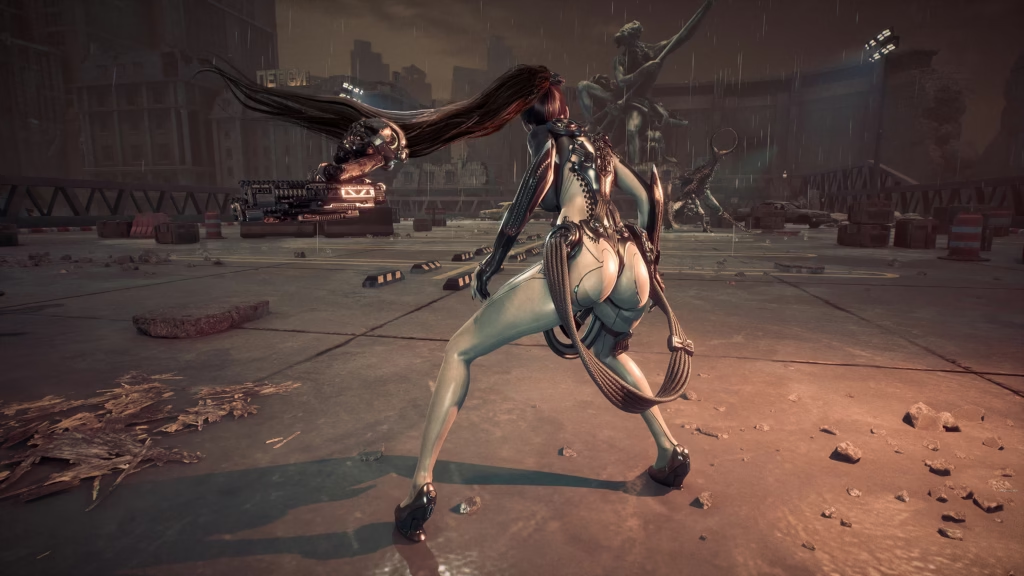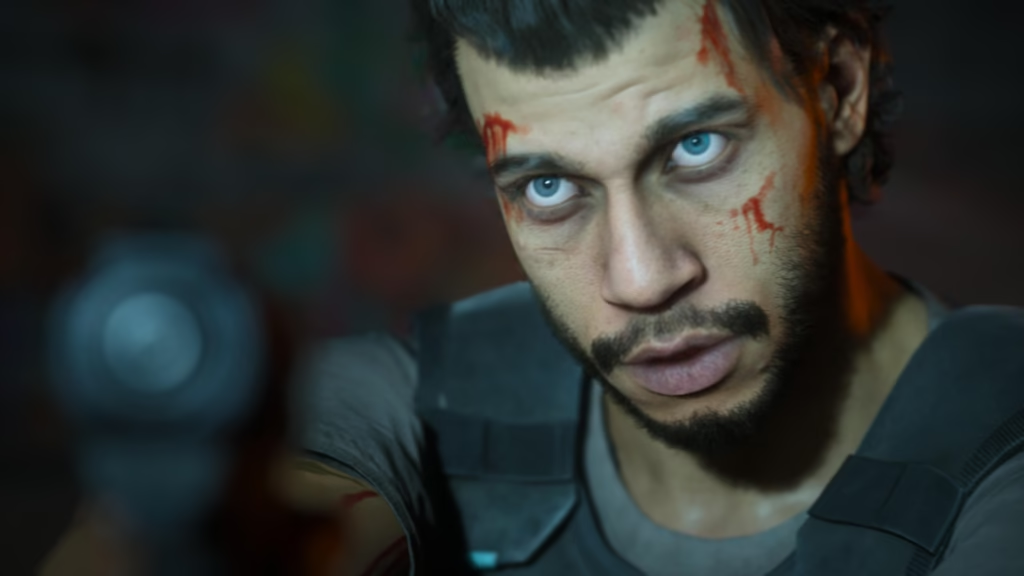Every once in a while, a game comes along that blows conventional wisdom and established parameters of a genre — or gaming in general — out of the water. Split Fiction (read our review here) which released in March this year, was one such game. Combining addictive gameplay loops with an innovative co-op functionality and a heartwarming story, the game quickly racked up loads of critical and public acclaim. At the time of writing, its Metacritic scores stand at 91 (per critic reviews) and 8.8 (per user ratings).
Now with the game all set to charm, thrill and awe a whole new set of players with its Nintendo Switch 2 launch, it’s time to dig a bit deeper into what is well on course to becoming a multi-award-winning game this year. And who better to help with that effort than Per Stenbeck, design lead at Hazelight, the studio behind Split Fiction and titles such as A Way Out and It Takes Two? But before we get into it, I’m obliged to warn you that we’re entering spoiler territory.

“In general, [the overall response has been] that people have really enjoyed it,” says Stenbeck about the feedback for the game over the past three months. “I think one of the most common things I hear is ‘I played it with my wife or husband or partner, and we love it’. It makes me happy to hear that we can bring gaming to couples who normally don’t play games together.”
This is a concept that also holds true with 2021’s Game of the Year It Takes Two, with the way the games mesh a variety of styles and gameplay loops. And from an outsider’s perspective, the fact that a whole host of different types of gamers can bond over this game appears to have a lot to do with the way Hazelight’s games are designed: To deliver maximum variety, with minimal grind and bloat. And this comes from a diverse set of inspirations.
“We like starting with a blank sheet at Hazelight. That’s where the design team really thrives and makes some really creative gameplay,” Stenbeck says, explaining the process of putting a game together. “Our design team consists of 13 designers, and we are all very different in a number of ways. Some play competitive esports games, some lean more towards narrative-driven single player games, etc. So inspiration really does come from all over the place.”
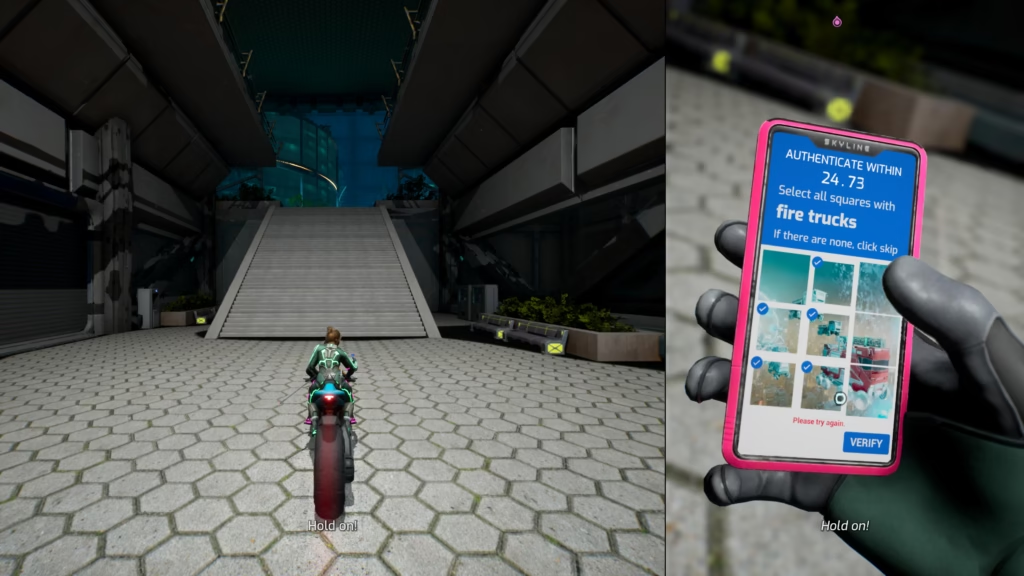
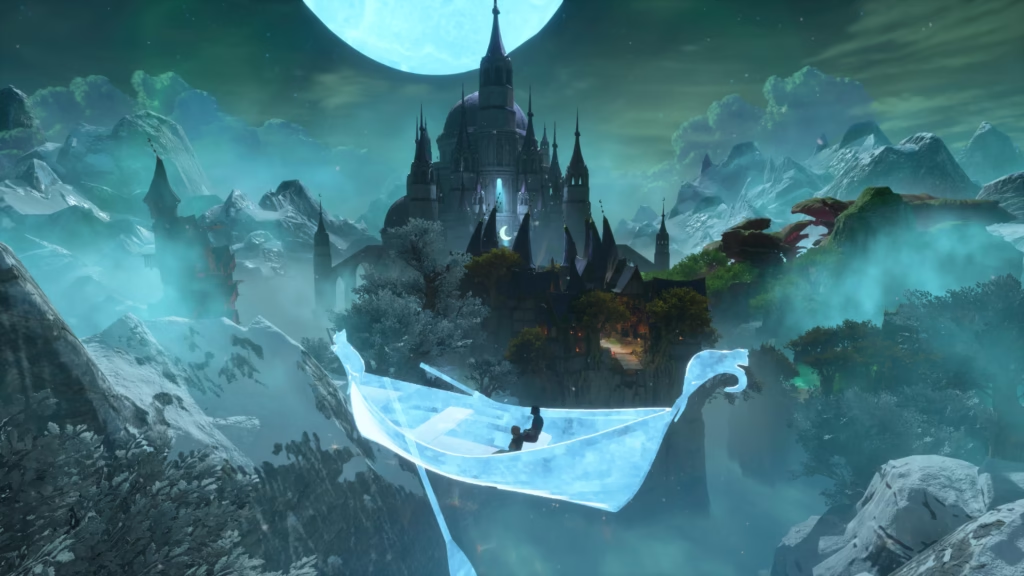
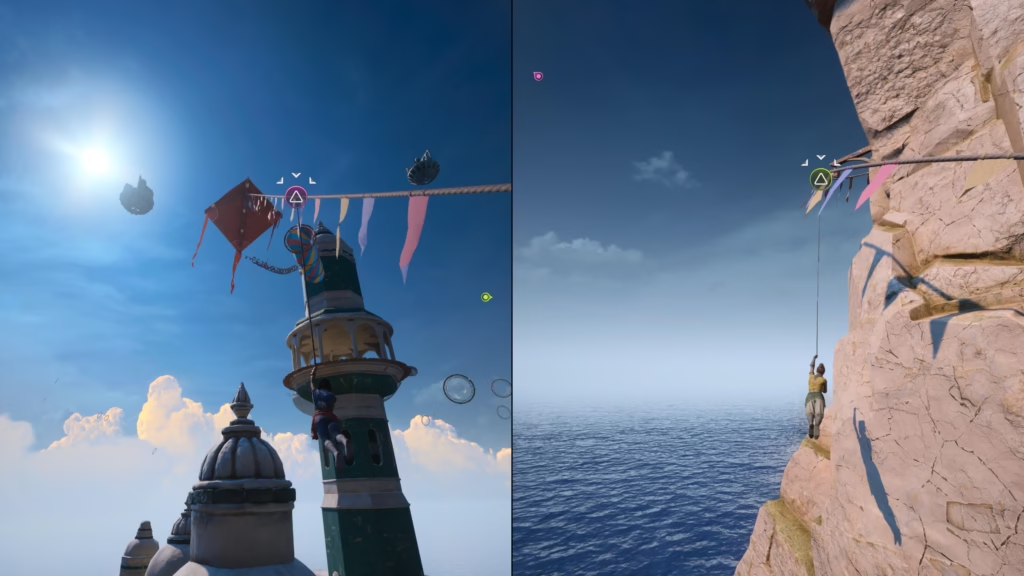
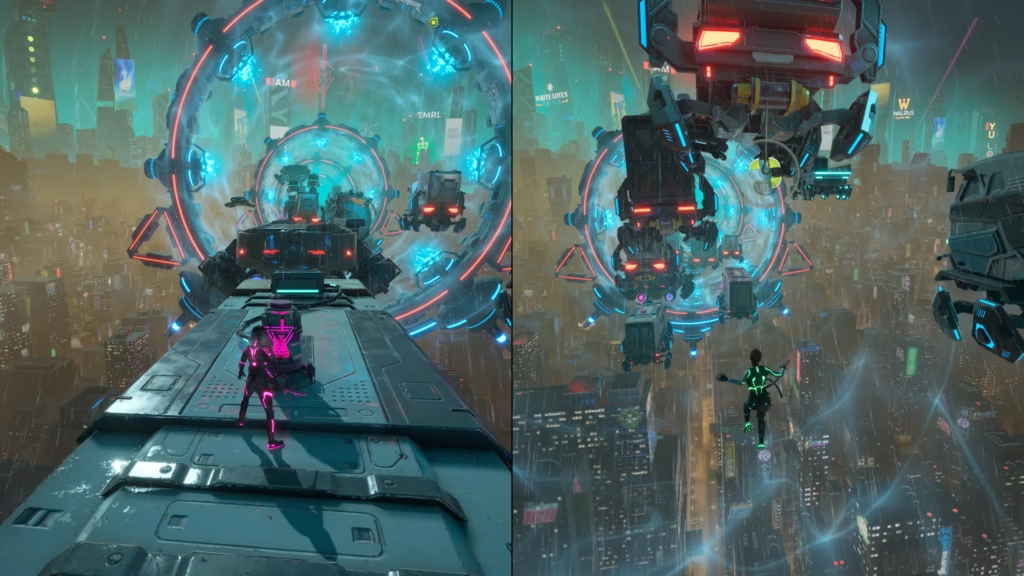
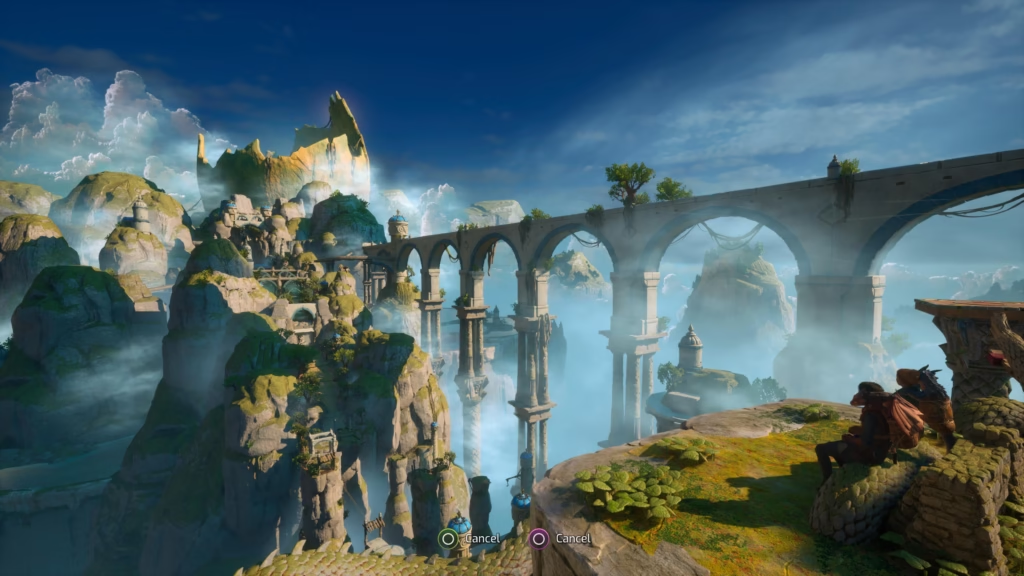
His own favourites include a bunch of competitive games. “Growing up, I played a lot of Quake 2 CTF, Quake 3 Arena (Rocket Arena) and a lot of Counter-Strike, of course,” he says. “When it comes to newer games, I’m currently playing Clair Obscur: Expedition 33 — my experience with it has been great. Also, you know when a game comes out that everyone talks about, I have to play it to stay in the loop. But the main game I’ve been playing throughout the past five years though has been Rocket League. What a game. Just wow!”
Rocketing swiftly back to Split Fiction — those of you who’ve played the game will recall that we follow the fortunes of budding writers Mio and Zoe (sci-fi and fantasy enthusiasts respectively) who’re looking to get published. Unfortunately, the ‘publisher’ they approach has some nefarious designs on coopting the work of the duo and several other writers. And while a fairly engaging critique of AI’s entry into the creative medium emerges, so too does a rip-roaring action-packed genre-blending adventure.
“Originally, we were planning on doing way more of having one screen being sci-fi and the other being fantasy,” reveals Stenbeck. “But we eventually decided that it was too much to have that throughout the game, so we kept it for the ending — which turned out to be a good decision, I think.” The ending of which he speaks will go down as one of the all-time classic segments in videogame history. Here’s a brief peek:
Elaborating on the section, Stenbeck reveals that this was the trickiest part of the game to put together. “I didn’t work on it, but I would say probably the ending was [the hardest to make] due to the technical shenanigans going on there,” he says, “Luckily, we have a really awesome code team at Hazelight that helps us designers with all those tricky technicalities. The collaboration between departments at Hazelight is what makes us deliver these games in such a short time with the number of people that we have — around 80 of us.”
Speaking of the time taken, Split Fiction took the team longer to make than any of their earlier titles. And the reason is linked to that epic final segment. “The biggest concern from the design team was probably how to make sci-fi on one screen and fantasy on the other, and finding the gameplay for that. It took us about four years to complete this game, which is about one year more than normal for us,” Stenbeck notes.
On a personal note, he describes the game’s ‘centipede’ section as his personal favourite. This bit sees Zoe and Mio riding either end of a centipede-like being, and working together to manoeuvre themselves and the creature across a lava-filled level. “It [makes for] such perfect co-op gameplay since you are tied together and have to coordinate your movement with your partner,” he says and adds with a laugh. “It’s also very satisfying to break stuff with [the centipede’s] jaws.”
This part of the game is representative of the overall engagement quality of Split Fiction, where over its 14-or-so-hour runtime, not one of the gameplay loops overstays its welcome. Most games, as readers will no doubt have experienced, tend to overuse certain gameplay mechanics that get a bit boring or tedious after a while. Here though, it seems as though each gameplay loop was kept around precisely as long as it was needed. “I think it boils down to the number of designers and the massive creative freedom that we enjoy at Hazelight,” explains Stenbeck. “Each designer is responsible for their section of the game, and I think that naturally makes it so that the variety and the pacing evens out nicely. Also, on top of that, we do regular testing and take into account the feedback from those tests.”
He adds that the lessons learned from making A Way Out and It Takes Two ‘made all the difference’ in designing Split Fiction. “While A Way Out had a much more defined story from the get-go and that led to a lot of the gameplay scenarios being driven by what happened in the story, for It Takes Two, we had lots of gameplay and mechanics that came first,” he explains, “Having designed gameplay for co-op for so many years and learning what works and what doesn’t is huge. It puts us on the right track way faster and lets us iterate instead of remaking. I think Split Fiction is pretty much like It Takes Two, only better, in many ways.”

And it’s here that we go deeper into what makes a great co-op game. “The key to our co-op games is the huge variety and creativity that springs from us being allowed to go with most of our ideas and make them the best version of that idea that they can be. Also, since we design for a pure co-op experience (you really can’t play our games by yourself) that gives us an advantage since we design each scenario with that in mind. I think that is the key to great coop gameplay.”
When it came to challenges he faced during the design process, Stenbeck points to the management end of things as the biggest one. More specifically, managing how to take care of the design team and do the less creative tasks, while simultaneously trying to produce as much creative content as possible. “You know, sometimes when you get into that really creative flow and just want to keep working on a section but you also have to attend a meeting?” he asks, “That can interrupt the flow and it can be hard to get back into it once I’m back at the computer. But I have gotten much better at this throughout the years and I think it’s a very important skill to have, even for designers that don’t have the lead responsibility.”
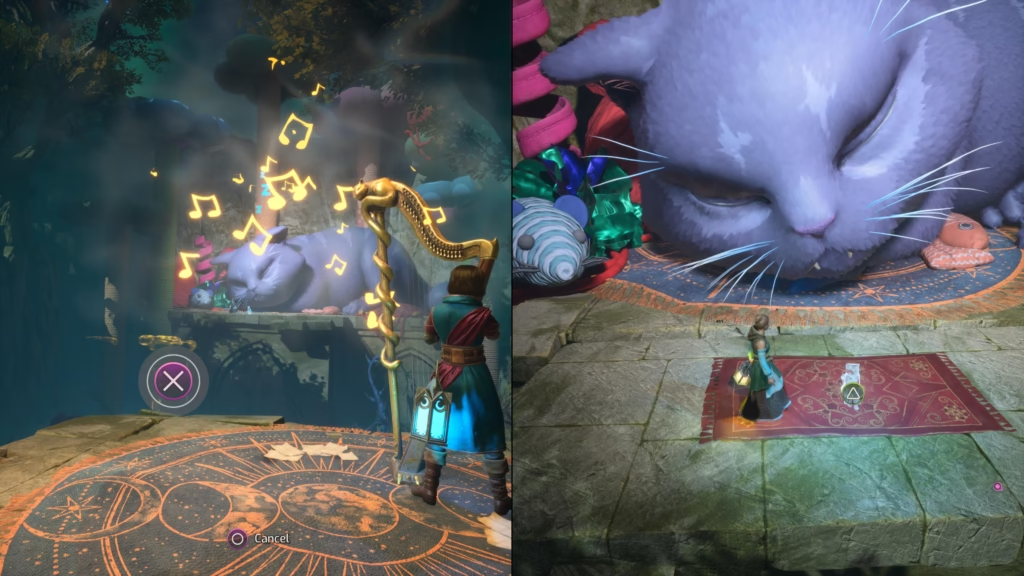
Hazelight founder Josef Fares has quickly emerged as one of the more enigmatic figures on the global game development scene. So whether it was his proud proclamation that Split Fiction was some “next-level shit” or the shutting down of a troll who called the game “feminism propaganda-soaked“, he’s an entertaining character for sure. But what’s it like working with him? “Josef is really good at sticking with his vision; he has some sort of sense of what players will like and he knows how to keep that thread throughout the games that we make,” says Stenbeck. “At the same time, he is very open to new ideas and suggestions. It is very rare that Josef says no to an idea. Even if he is sceptical, he will let us try it out if we feel passionately about it.”
He explains that when a designer is intrinsically passionate about an idea, there’s a much better chance of it turning into something good, and that this is something the studio head recognises. “I’ve worked with Josef for eight years now, so I have of course gotten to know him outside of work too. I think one thing that is important to mention is that Josef is truly himself at all times. There is no mask. Even when he is on stage in front of millions of viewers, he acts the same as he does in our meeting rooms in front of 10 people. I think that shines through to people and makes him very likeable.”
And as we bring things to a close, I enquire as to what was left on the cutting floor and what Stenbeck would do differently if he could make Split Fiction all over again. “We really don’t do much cutting. The content that we did cut was usually cut because of wanting to make a level shorter for pacing purposes and not necessarily because it wasn’t good gameplay,” he says. “And I really can’t think of anything I’d change. I believe the game is just what we meant for it to be.”
